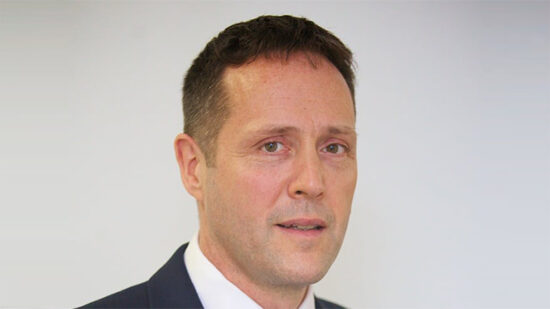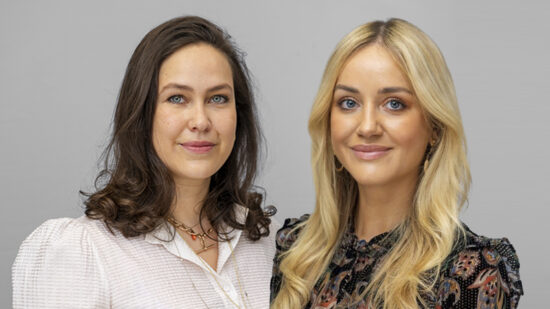While geopolitics seems to be throwing everything it can under the wheels of the global recovery – with Grexit and China currently occupying the new banners – economic progress appears to forging on regardless.
However, though this presents an optimistic picture on the surface, there is the underlying issue of inflation that Philalithis, manager of the Fidelity Multi Asset Income Fund, warned should not be overlooked.
“The biggest risk is inflation,” he said. “It is an area that we do not see much focus on but we are cognisant of.
“At the moment we are on the border of economic recovery and overheating, and inflation may be bottoming out. Despite the headline political uncertainty along with the impending interest rate rises, we think this environment will continue.”
Philalithis believes that markets will remain choppy and outlined his strategy to anaesthetise this volatility while maintaining exposure to the expected inflation.
“We are using cash actively because it is a good asset for capital protection purposes, and is the best diversifier if bonds and equities are underperforming at the same time.”
“We are adding to inflation-linked assets and pulling back on asset classes that are exposed to interest rate rises.”
“We favour growth and hybrid assets, and are overweight both,” Philalthis continued, referring to the fund’s 26.7% and 29.8% exposure to hybrid and growth respectively.
Hybrid assets are securities that combine both debt and equity characteristics, such as convertible bonds, and are also favoured by Jeremy Smouha, GAM founding member and adviser on its bond fund range.
“In hybrid bonds you can get similar yields to emerging market debt and high-yield, and they behave very differently to government and corporate debt,” he said.
“We are mixing half of our hybrid exposure in floating rate notes and half in fixed rate bonds, which have low duration and much less interest rate exposure than straight bonds.”
Philalithis accesses the hybrid space predominantly through high-yield vehicles, including the FF Asian High Yield, FF US High Yield, though also via the Carador Income Fund.
Given the likelihood of equity markets being rocked in the coming months, one area of the growth spectrum that Philalithis likes – despite being aware of liquidity issues within the asset class – is infrastructure, where he has invested 7.6% of his money.
“The infrastructure assets that we invest in are quite long. Because there is no secondary market, we are accessing these through listed closed-ended investment companies,” he expanded, listing HICL Infrastructure and John Laing Infrastructure as points of entry.
“These are concessions on projects. For example, a government will build a school and needs someone to manage the school. They will pay the manager of that school for a period of 20-25 years, which gets passed on to us as the equity holders.”







